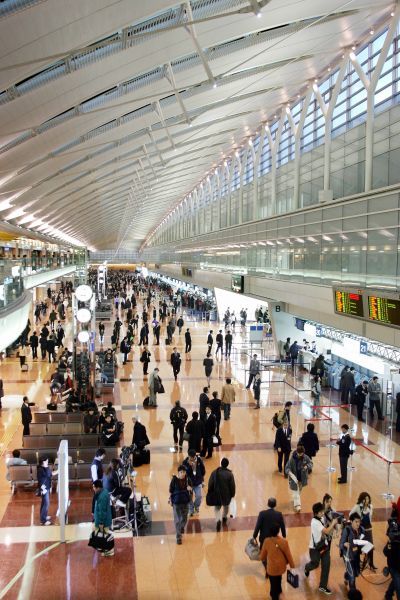Asia-Pacific tourism "much improved" by the end of 2009

Your support helps us to tell the story
From reproductive rights to climate change to Big Tech, The Independent is on the ground when the story is developing. Whether it's investigating the financials of Elon Musk's pro-Trump PAC or producing our latest documentary, 'The A Word', which shines a light on the American women fighting for reproductive rights, we know how important it is to parse out the facts from the messaging.
At such a critical moment in US history, we need reporters on the ground. Your donation allows us to keep sending journalists to speak to both sides of the story.
The Independent is trusted by Americans across the entire political spectrum. And unlike many other quality news outlets, we choose not to lock Americans out of our reporting and analysis with paywalls. We believe quality journalism should be available to everyone, paid for by those who can afford it.
Your support makes all the difference.The Pacific Asia Travel Association released preliminary figures for 2009 tourism March 4, saying that the year ended on a better note than expected.
Although the Association said that it expected a three percent overall decline in the number of visitors to the region during 2009, it described the figures as "much improved" from the drastic six percent fall seen for the first six months.
From July to December, visitor arrivals actually grew one percent year on year.
"We ended the year on a positive note with international visitor arrivals to Asia Pacific shores growing by four percent year-on-year in December,' said PATA's Kris Lim. "This is by far the largest monthly growth in 2009."
Southeast Asia was the only region to post an overall rise in visitor numbers, particularly to Myanmar (Burma) and Malaysia. Whilst Indonesia and Cambodia also posted marginally positive figures, tourism to Thailand, Singapore and Vietnam fell.
Arrivals to Northeast Asia fell by two percent in 2009, driven by a 19 percent fall in Japan. Travel to China also fell by three percent. Taiwan and Korea, however, showed 14 and 13 percent rises respectively.
Whilst India posted a three percent fall across 2009 and failed to strongly recover in the final six months, arrivals grew strongly for Sri Lanka and Nepal resulting in full-year gains for those destinations.
PATA said that overall, arrivals fell more sharply due to SARS in 2003, but warned that the recovery would take time. Overall though, Lim remains cautiously optimistic about the Asia Pacific region:
"We are better placed now than six months ago as the economic climate continues to improve. The IMF is now expecting stronger growth of 3.9 percent for the world's economy this year, with ‘developing Asia' leading the way at 8.4 percent."
Website: http://www.pata.org
Join our commenting forum
Join thought-provoking conversations, follow other Independent readers and see their replies
Comments